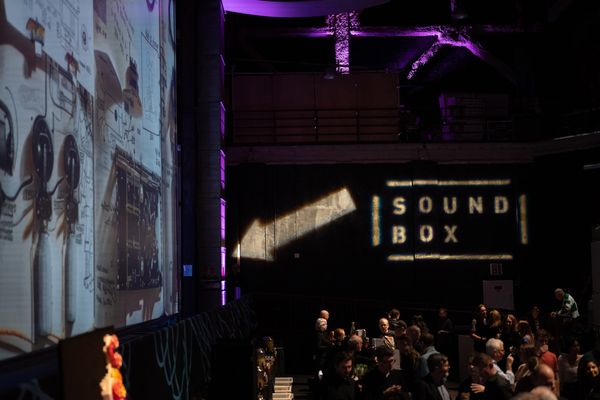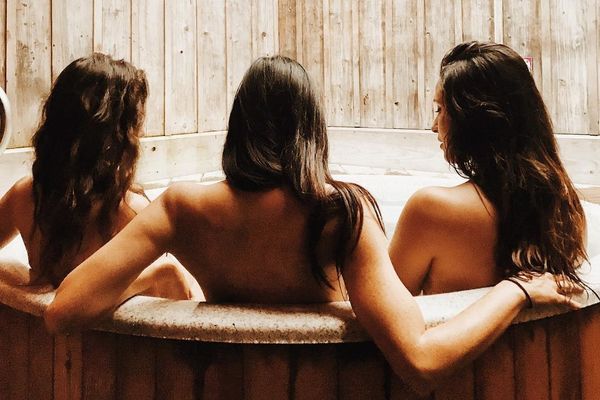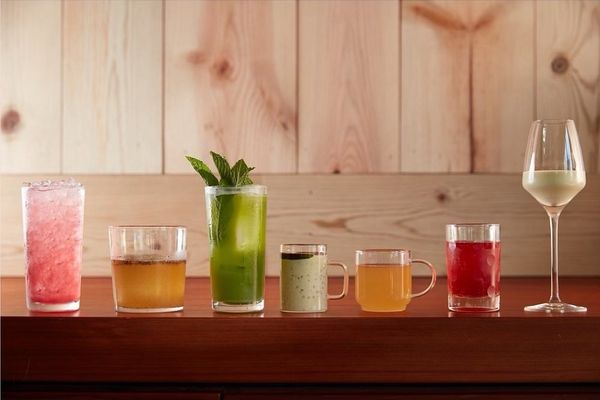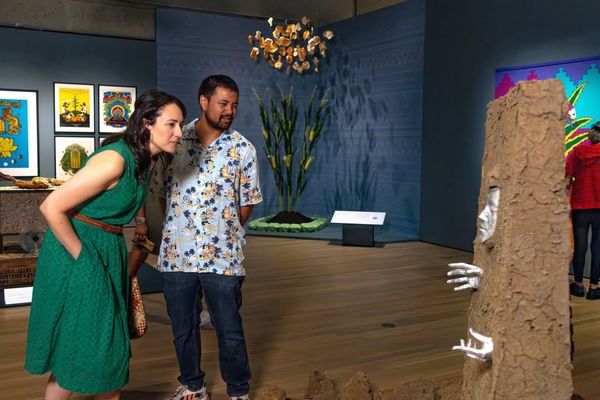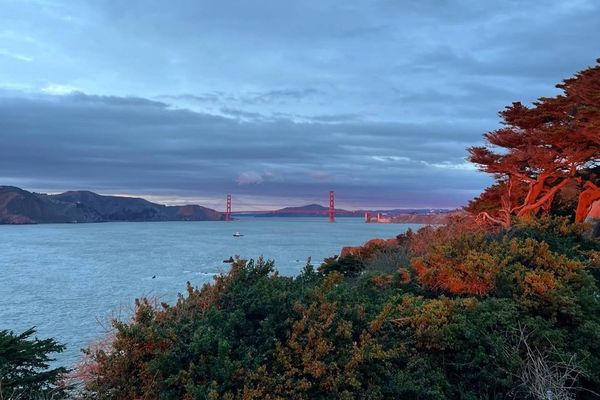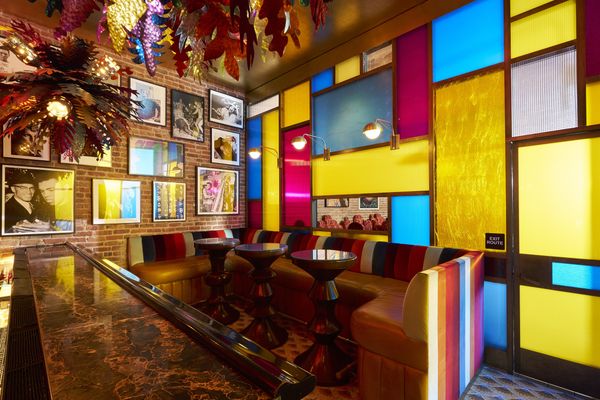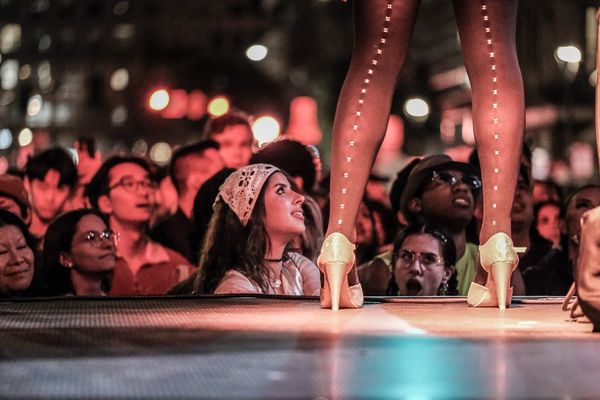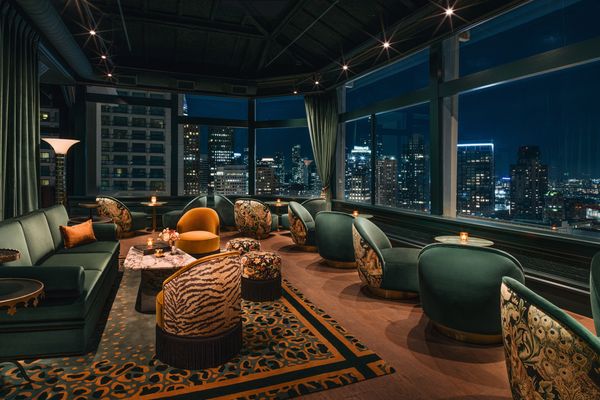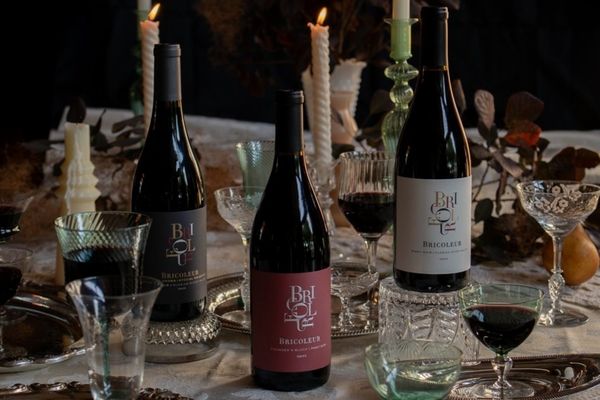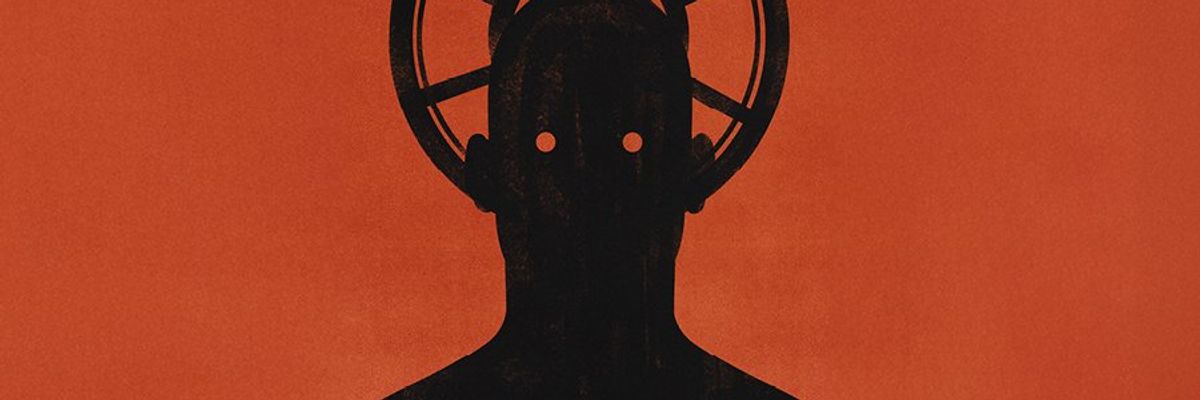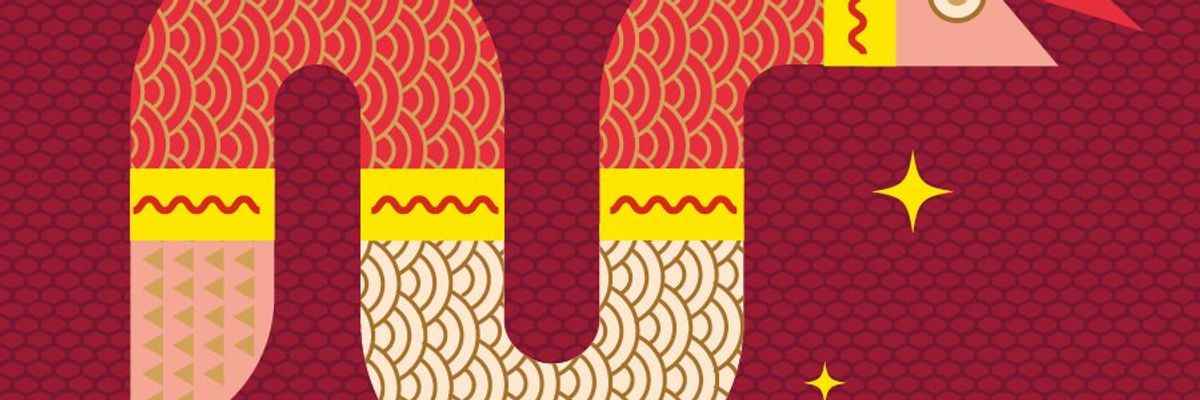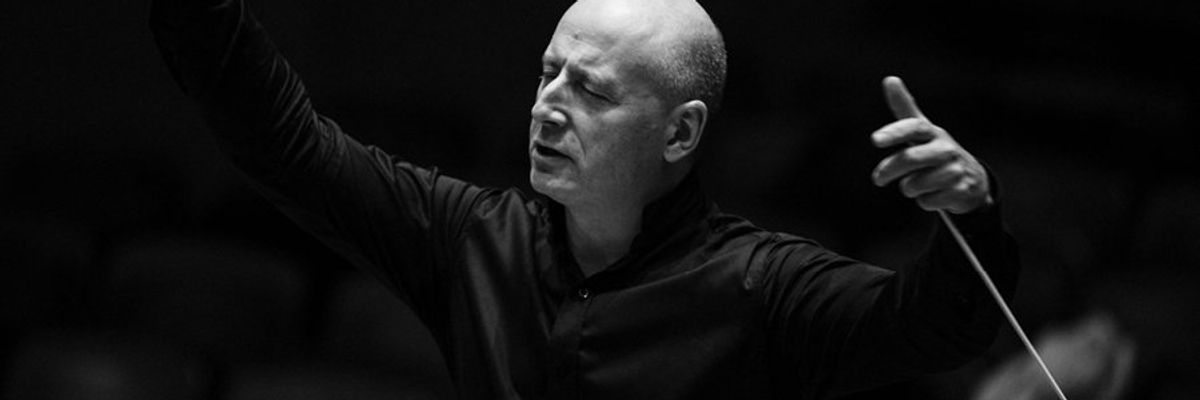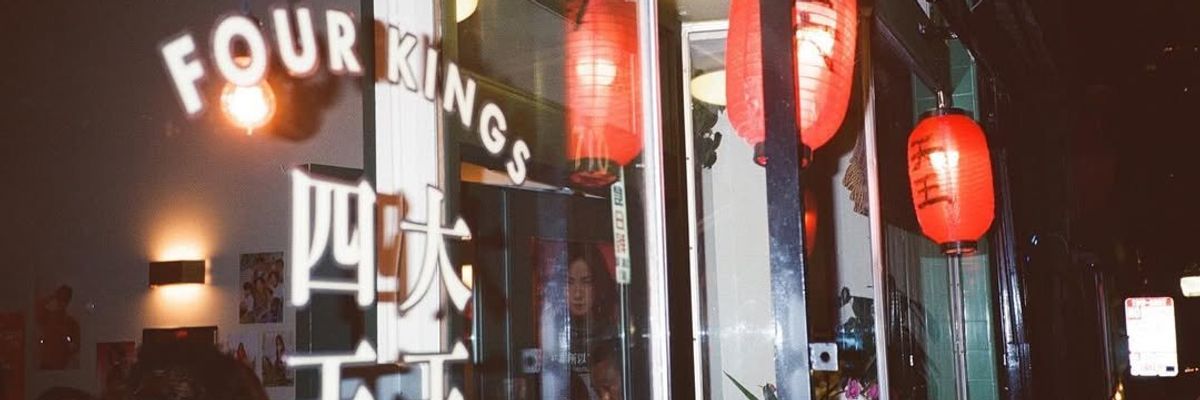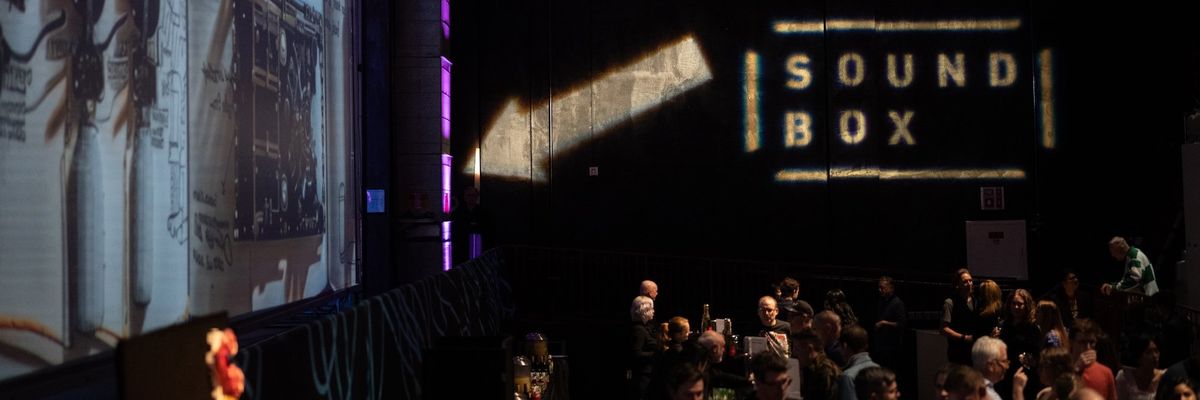Rarely seen in public without an impeccably tailored suit, tie, and pocket square, Vogue’s fearless European editor at large Hamish Bowles is a style icon from head to toe. A staple on Vanity Fair’s International Best Dressed List, Bowles is also recognized as one of the most respected authorities in the worlds of fashion and interiors.
Aside from working under the helm of Anna Wintour, he’s written numerous books on the subject of design and curated the wildly popular exhibit at the Metropolitan Museum of Art, “Jacqueline Kennedy: The White House Years.” His latest coup is as guest curator of “Balenciaga and Spain,” an unprecedented retrospective of the legendary designer’s work, which opens at the de Young Museum this month.
You curated the “Balenciaga: Spanish Master” exhibit at the Queen Sofía Spanish Institute in New York. How did you decide to bring the exhibit to the de Young?
Both exhibits were actually conceived in tandem. At the time, when Oscar de la Renta originated the idea for the NY exhibit, I was informally discussing a costume exhibition with John Buchanan, director of the Fine Arts Museums of San Francisco. I wanted to expand this thesis and give it the drama and scale that the de Young would afford it. As a great admirer of Balenciaga, John loved the idea.
Unlike NY, SF isn’t a fashion capital. What’s the value of bringing such a big design exhibit here?
John Buchanan has always been enthusiastic about fashion-related exhibits at de Young, and in the past, they’ve had extraordinary traction with the public in the Bay Area. For the de Young, we’re featuring some pieces that have never before been exhibited—iconic examples from the Victoria and Albert Museum in London, the Musée de la Mode and the Palais Galliera in Paris, loans from the house of Balenciaga, the Metropolitan Museum of Art, and so many more.
Cecil Beaton called Balenciaga fashion’s Picasso. In your mind, what distinguishes him from other designers of his time?
Coco Chanel called Balenciaga the only couturier. Christian Dior said, “He is the master of us all.” For me, it’s that he was an incredible technician. He was sent at a very young age to learn a trade and garnered all the technical skills of a great dressmaker. He understood different body types, the properties of fabric, how material tends to fall and drape, and the fundamental elements of construction. You can very much see that in all of his work. From the moment he started until his retirement in 1968, Balenciaga was constantly exploring, refining, pushing boundaries, and working towards perfection. In the last decade of his career, he produced the most startling, innovative, and modern designs. Even in his 70s, his work was so astonishing and forward-looking.
Spain’s rich culture served as Balenciaga’s greatest influence. Is today’s fashion informed by culture in the same way?
Probably the only parallel of contemporary designers influenced by indigenous cultures is the group of Japanese designers that emerged in the ’80s, including Rei Kawakubo, Yohji Yamamoto, Issey Miyake, and Kenzo. They brought ideas from Japanese culture that the West had not yet seen. And Vivienne Westwood: Her designs are so uniquely British.
You intellectualize style by talking about it in a scholarly way. What’s your defense against the criticism that fashion is superficial?
Anyone who looks seriously at the history of costume and fashion will see that it’s the most extraordinary social document. Fashion holds a mirror up to its times. It’s a powerful and poignant expression of what’s going on in the world.
What do you think about mass retailers and fast fashion?
It’s exciting that really great fashion is becoming a tangible reality for so many people now. It’s encouraging designers to work harder and think about making their pieces available to a larger audience.
How do you shop for yourself?
Very randomly and unsystematically—I get a lot from sample sales. I have some things made for me. I shop when I travel. Pocket squares and ties from Paris are my biggest indulgences, but I like a bargain as much as anyone else, and I’ll wear a suit until it falls apart. I shop very carefully because I’m always thinking that I could be getting a great Balenciaga gown [for my collection] instead.
Outdoor culture is king in SF. What would you wear on a day hike?
I was recently sent on assignment to an outdoor survival school in southern Utah. Soon you’ll be able to see exactly what I would wear.
How did you come to own upwards of 2,000 pieces of couture fashion? Any plans to show your personal collection?
I’ve been collecting since I was a boy. Often, it’s determined by cash flow and availability. I go to all the vintage fairs and auctions I can. I’ve found incredible pieces at thrift stores. I grab up contemporary fashion at sample sales. At this point, dealers come to me. I’d relish the opportunity to display my collection in the way we’re doing the Balenciaga show. Maybe that will be my next conversation with John Buchanan.
*Published in the March 2011 issue of 7x7. Subscribe to 7x7 magazine here.
Bonus: Gilt City is selling tickets to ArtPoint's "Balenciaga and Spain" gala on the evening of Saturday, March 26 for only $90 a pop. Get your tickets now.



